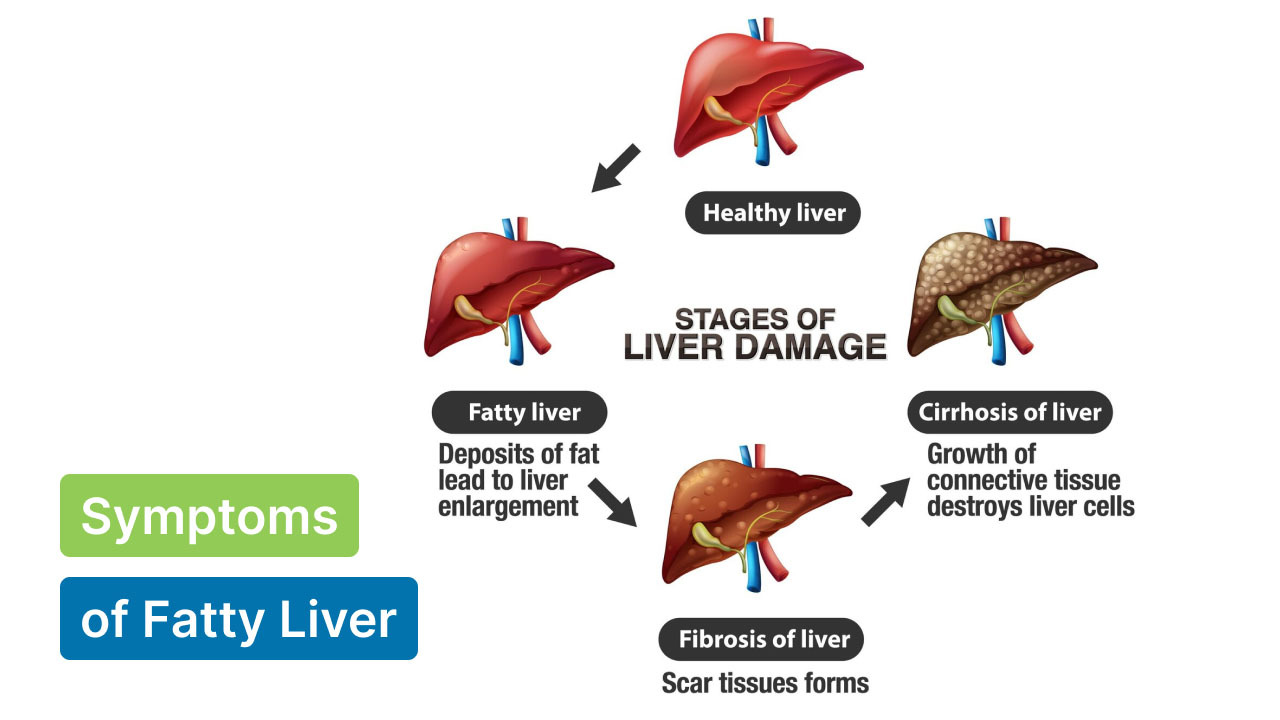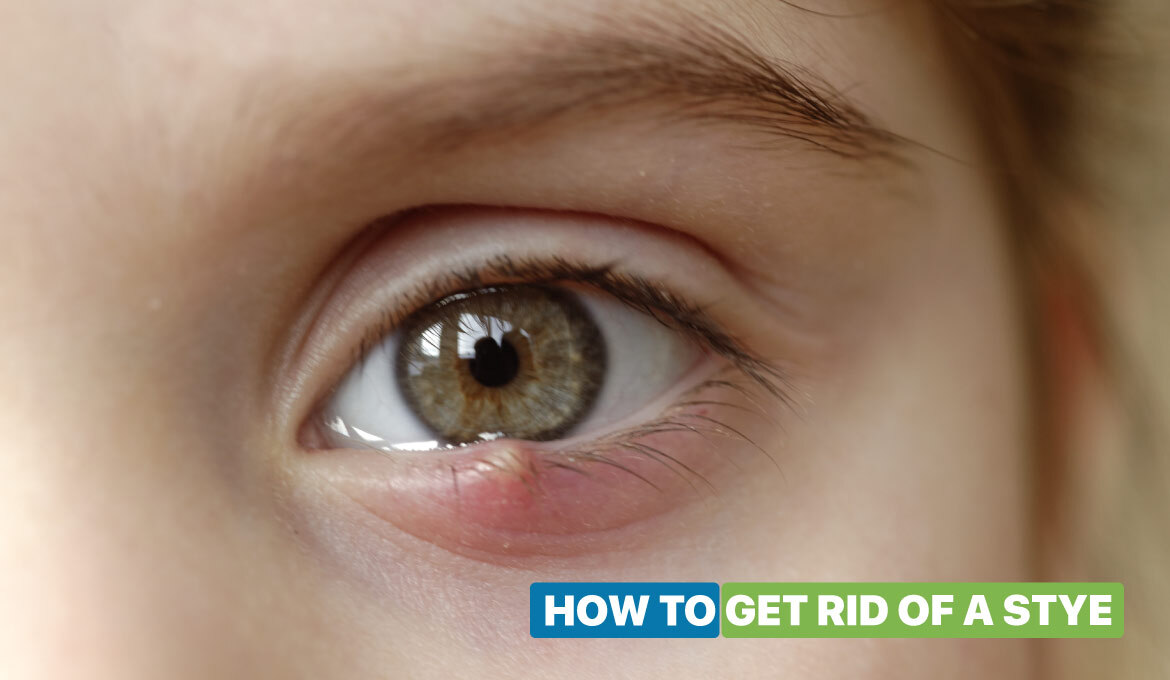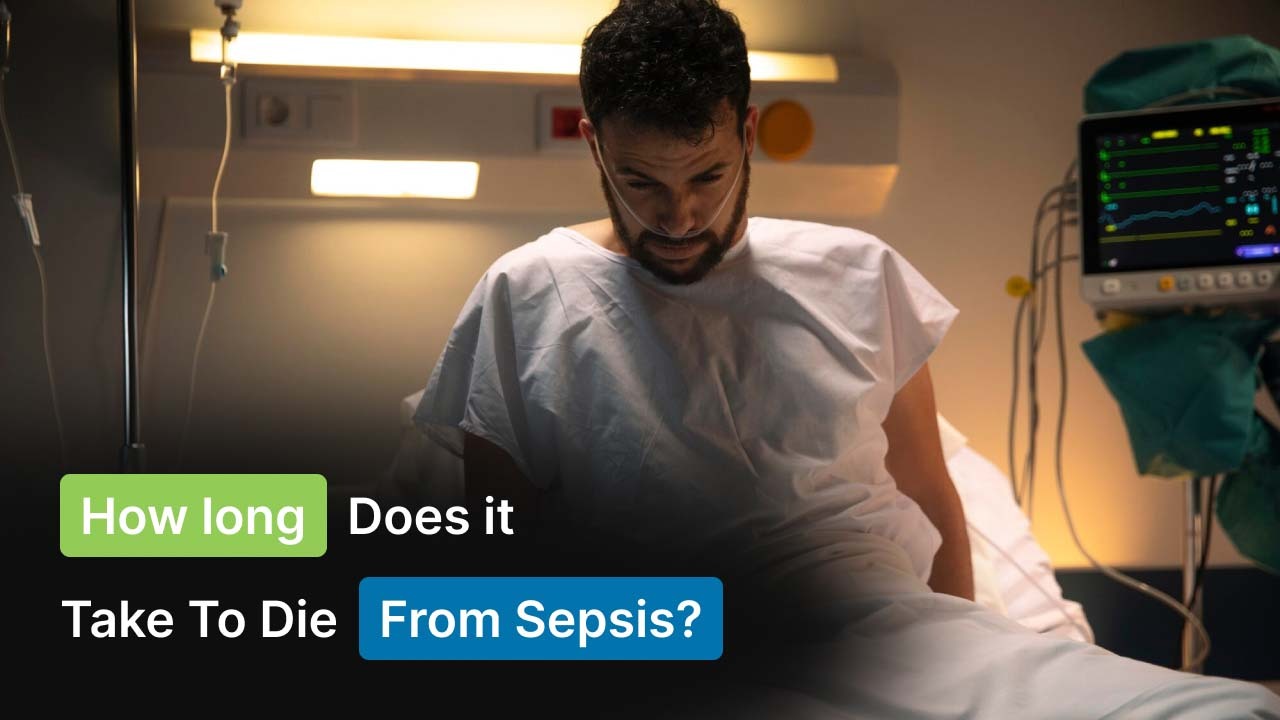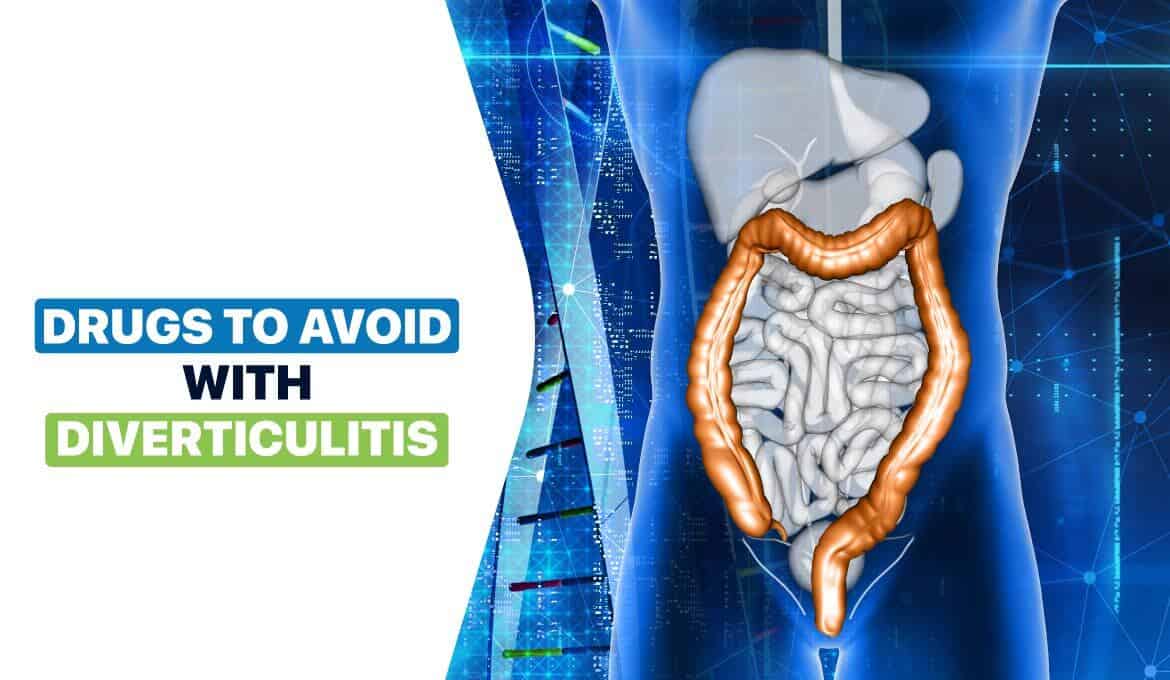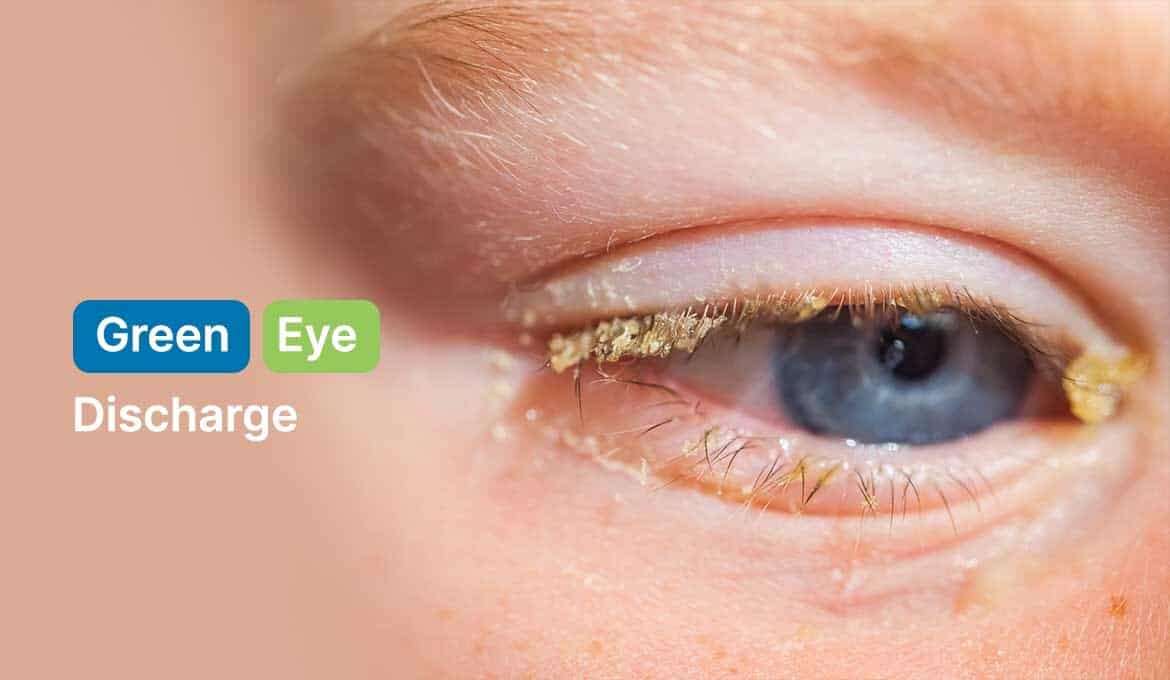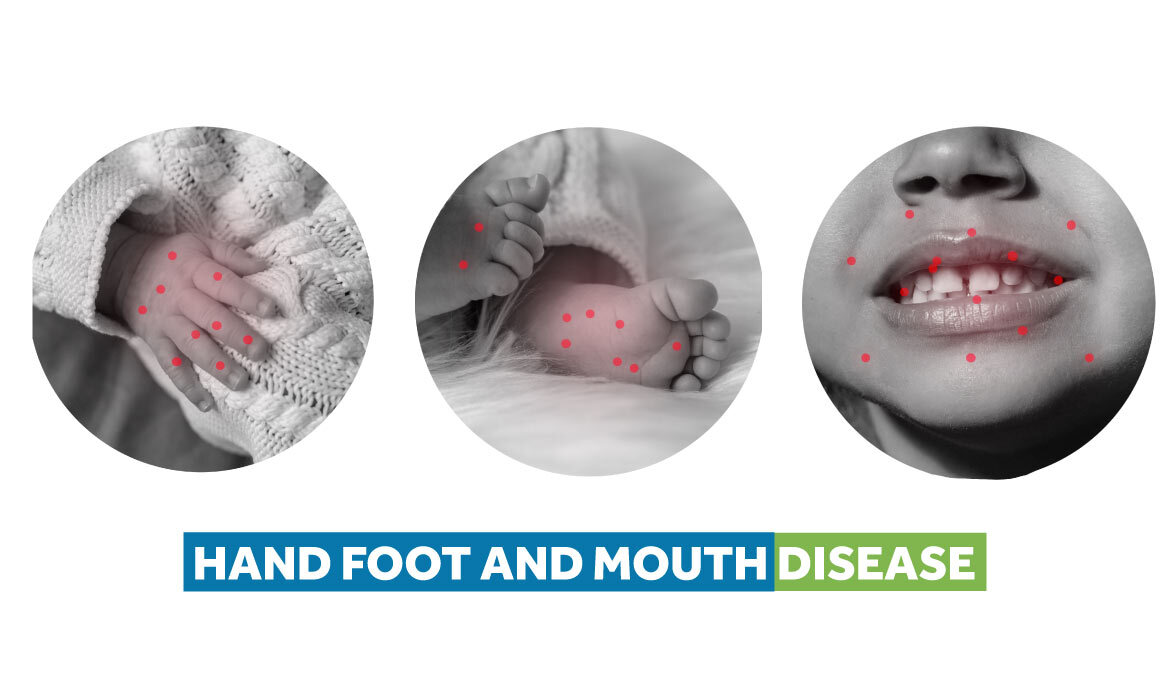
It’s fall season and your kids have come back from pre-school and you begin to open their bags. You notice that they are filled with artwork and books. But did you know that they could be carrying something else? – A highly contagious disease called Hand, Foot, and Mouth Disease or HFMD.
Hand, foot, and mouth disease is a viral illness that causes blisters to develop on a patient's hands, feet, and mouth. This illness is common in children under 10 and quickly makes its way through households, daycares, and schools. It starts off like a cold and then advances to a rash that may last about a week.
But, there’s nothing to freak out about. This disease is usually not a serious condition and does not call for treatment.
However, the symptoms can be irritating for some, especially children. In some cases, it can lead to other infections if the blisters or skin is scratched severely. Even though occurrence in adults is rare, its incidence has been increasing in the US.
On average, the annual occurrence of HFMD has been reported as 90 to 2400 cases per 100,000 people in a few countries. Luckily, it's a mild condition that goes away on its own within a couple of weeks.
This blog covers everything about hand, foot, and mouth disease, including a detailed explanation of its symptoms and causes.
What is Hand, Foot, and Mouth disease?
Hand, foot, and mouth disease is an acute viral infection caused by coxsackievirus-A16 or enterovirus-A71. The virus is present in an infected person's saliva, drool, nasal mucus, fluids from bristles, and feces.
As the name says, it causes a bristle-like rash that involves the hands, feet, and mouth.
This contagious virus is usually spread by direct contact with throat and nose discharge, blisters, and feces of infected people.
HFMD, also known as enteroviral vesicular stomatitis, occurs periodically across the world. That means the outbreak occurs during the summer and fall seasons.
Sometimes, HFMD may be confused with hoof-and-mouth disease, which often affects cattle, swine, and sheep.
However, the Centers for Disease Control and Prevention states that humans do not contract animal diseases, and animals do not catch human diseases. So, they are totally different.
Causes of Hand, Foot, and Mouth Disease
HFMD is primarily caused by enteroviruses, with Coxsackievirus A16 being the most common culprit.
Children are highly vulnerable to HFMD, mainly due to their developing immune systems. We know they aren't good at washing their hands often and always put their fingers in their mouth and noses.
As per the American Academy of Pediatrics, the disease can be spread by respiratory fluids like saliva and mucus produced when children sneeze or cough. It can also be transmitted by touching the fluids from blisters.
The disease is highly contagious before the rash appears, so it can be tricky to avoid catching it. It may spread if you:
- Touch something that has been drooled, sneezed, or coughed on.
- Breathe in virus droplets from an infected person when speaking less than 3 ft distance.
- Hug, kiss, or share utensils with an infected person.
- Come in contact with bodily fluids from blisters of an infected person.
- Touching the feces, which may happen when changing the diaper and then touching your face.
Symptoms of Hand, Foot, and Mouth Disease
Usually, it's hard to figure out if a person has been infected with hand, foot, and mouth disease. This is because symptoms start to develop three to six days after first catching the infection. That is what we refer to as an incubation period.
The common signs and symptoms of hand, foot, and mouth disease include:
- High fever
- Poor appetite due to painful swallowing
- Sore throat
- Headache
- Runny nose
- Malaise
- Swollen lymph nodes on the neck
- Crankiness
- Constant feeling of fatigue
- Skin rash of flat red spots on hands and feet
- Painful blisters inside the mouth, typically on the tongue or toward the back
Lesions may develop on all surfaces of your feet and hands, but this is one of the few times a rash on your palms and soles happens, which makes it easier to identify.
In extremely rare cases, the virus could damage the brain or spinal cord's lining. This may result in more serious symptoms like seizures, unsteadiness, confusion, and weakness.
Stages of Hand, Foot, and Mouth Disease
HFMD symptoms generally appear in 2 major stages:
Stage 1: Flu-like symptoms
When the disease first starts, children may exhibit flu-like symptoms, such as mild fever, runny nose, sore throat, or decreased appetite.
During this initial stage, the person is more likely to spread the infection to others.
Stage 2: Mouth sores and skin rash
Within a few days, these symptoms may be replaced by itchy rashes on the soles of the feet, palms of the hands, knees, elbows, or even butts.
Painful sores may occur in and around the mouth and tongue, alongside swollen lymph nodes in the neck. Some may appear as little bumps or bright red spots before turning into blisters. Children who have mouth sores are more likely to drool.
A hallmark of the virus is a rash that appears all over the body, not just hands and feet.
Symptoms of HFMD typically clear in 7 to 10 days; however, kids under the age of two may take longer to recover.
Who Is At High Risk Of Getting HFMD?
Infants and young children are at the highest risk of developing HFMD. The risk increases if kids attend daycare or school, where infections can spread quickly.
They typically develop immunity to the disease after being subjected to the viruses responsible for it. This is why the illness rarely affects those older than ten years old.
Nonetheless, older children and adults can become infected, particularly if they have weak immune systems. Also, hand, foot, and mouth disease is mostly contagious during the summer and early autumn seasons.
How Is Hand, Foot, And Mouth Disease Diagnosed?
As it's obvious, the diagnosis is suspected of the appearance of a blister-like rash on one's hands, feet, and mouth.
Most of the time, clinical examination and medical history are used to make the diagnoses. In some cases, medical professionals may collect samples from the patient's throat or stools and submit them to a lab for specific viral testing.
These tests may involve swabs or blood tests (serology). In certain situations, the doctor may suggest a combination of both tests.
However, they are rarely conducted because of the high cost and length of time it takes to be completed.
Is HFMD Treatable?
Generally, Hand, Foot, and mouth disease is a self-limiting condition, which means it resolves on its own without any treatment.
Luckily, most people recover in a week or less without any complications except a bit of pain and discomfort in their mouth.
As of now, there is no cure or vaccine available for treating hand, foot, and mouth disease. However, studies are underway to develop a vaccine to prevent this contagious disease in the future.
Antibiotics do not work since HFMD is a viral illness. Treatment is mainly targeted at reducing fever and maintaining good hygiene.
Living with Hand, Foot and Mouth Disease –
This viral disease is highly contagious, and it's important to avoid contact with anyone who has it as much as possible. Doctors may recommend the following to relieve the symptoms associated with HFMD:
i) OTC pain relievers:
You can take painkillers to slow down your fever and cure a sore throat. Ibuprofen and acetaminophen are effective ones. But make sure to confirm with your child's doctor if it's safe for them to take.
Note: Do not take aspirin or products containing aspirin, as it may cause Reye’s syndrome in kids. Before taking any over-the-counter medication, check the label carefully.
ii) Drink lots of fluids:
To combat dehydration, it's important to keep hydrating your body. Drink plenty of water, Pedialyte electrolytes, and milk products. Avoid juices and soda, which may be acidic and burn or irritate your mouth sores.
iii) Gargle with salt water:
This can help if the sore pain is intense. Mix ½ tablespoon of salt in a cup of warm water and gargle with it 4 to 5 times. This will relieve your sore throat pain as well as mouth sores.
iv) Practice good hygiene:
Wash your hands frequently with handwash and water, especially after you sneeze or cough. Never touch your face with unwashed hands. Teach your children to cover their noses and mouths while coughing or sneezing.
Also, regularly clean and sanitize surfaces and shared items like doorknobs and toys to minimize the risk of spreading infections.
v) Avoid hugging or kissing someone:
It's best to limit your contact with people at home or even at work. Also, avoid kissing, touching, or hugging a person to prevent the spread of the virus.
Most importantly, let the blisters dry naturally and avoid popping them as the fluid inside is infectious.
Keep your children with HFMD out of school and daycare centers until all of their blisters have dried. As a parent, you must report the disease to the management of the daycare center or school to prevent its spread.
What Are The Complications Of Hand, Foot, And Mouth Disease?
Hand, foot, and mouth disease is typically a minor condition. It normally causes just a fever and acute symptoms for a couple of days.
However, in some cases, the enterovirus responsible for hand, foot, and mouth disease can potentially enter the brain and bring severe complications.
Some of the possible complications of HFMD are:
(a) Dehydration
As explained, dehydration is the most common complication of HFMD. Some people, particularly young kids, can get dehydrated if they are unable to swallow enough drinks due to painful mouth and throat sores.
As a parent, teach your child to stay hydrated throughout until it gets healed.
If they become extremely dehydrated, hospitalization may be required. Doctors may recommend IV fluid to ensure proper hydration.
(b) Loss of fingernail and toenails
Some patients may lose a fingernail or toenail as a result of HFMD, albeit this is extremely rare. The majority of instances of fingernail and toenail loss have involved children.
In many reported cases, the nail loss typically occurred a few weeks after the person became ill.
The nail normally regrows on its own. However, there is no conclusive evidence that HFMD caused the loss of nails.
(c) Encephalitis (Brain swelling)
Encephalitis is a serious condition affecting the brain. It involves the inflammation of the active tissues of the brain caused by infection (HFMD in this case). Sometimes, it may lead to permanent brain damage, which could be life-threatening.
(d) Viral meningitis
A small percentage of patients with HFMD may develop viral meningitis. This condition is associated with the inflammation of the cerebrospinal fluid that surrounds the brain and, spinal cord, and membranes (meninges).
A few days of hospitalization may be necessary for the infected person to recover from symptoms such as fever, headache, stiff neck, or back pain.
Swelling of the heart muscles or myocarditis and paralysis are also possible complications that may arise from hand, foot, and mouth disease.
When To See a Medical Professional?
Since the virus is the culprit behind HFMD, it simply needs to run its course. Most of the time, hand, foot, and mouth disease resolves on its own within a week of rest and proper hydration.
Call your doctor if:
- Your child is younger than six months.
- Their symptoms don’t get better in a week.
- They have trouble swallowing foods and drinks.
- You notice drainage, swelling, or a larger area of redness around any sores.
- They experience seizures and are not able to focus on work.
- They have extreme fever for more than three days (<102°F).
- They show signs of dehydration like dry mouth, dark urine, no pee in 4 to 6 hours, and sunken eyes.
Lastly, if the child is not able to fight infection due to a weak immune system, consult a healthcare professional or a Pediatrician.
Final words!
To sum up, hand, foot, and mouth disease is a viral contagious illness that occurs sporadically. It is a short-term illness lasting 7 to 10 days.
It causes high fever, fatigue, and the development of small red blisters on the hands and feet accompanied by painful sores in the mouth. Mostly, blisters should be left to resolve naturally.
Even though it goes away without any specific treatment, it's important to know that it can lead to more severe complications.
But there's nothing to be concerned about. Follow the preventive tips when you see an infected person. Also, keep your children out of public places during an outbreak.
You never know when a person has the virus, particularly in the initial stages. So, make sure you and your child practice good hygiene to stay safe wherever you go. This can make a huge difference!
FAQs
1. What is the main cause of hand, foot, and mouth disease?
Ans: The main cause of hand, foot, and mouth disease is a strain of coxsackievirus. This virus is contagious and can easily spread to children and adults.
2. What is the most common way to get hand, foot, and mouth disease?
Ans: Hand, foot, and mouth disease frequently spreads through close contact like kissing, saliva from sneezing, coughing, contact with poops, and touching surfaces and objects that may have a virus on them.
3. Can adults get hand, foot, and mouth diseases from children?
Ans: Yes, HFMD is contagious for people of all ages. So anyone can get this disease from an infected person.
4. Where does hand, foot, and mouth disease start from?
Ans: In most cases, the HFM disease starts through the mouth. When someone comes in contact with an infected person, the disease can spread through saliva, nose secretion, throat fluids, and even blisters.
5. What season does the hand, foot, and mouth start?
Ans: Hand, foot and mouth mostly occur during summer and early fall. However, you may get it at any time of the year.
Read Also:





